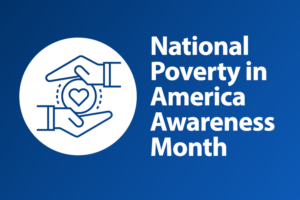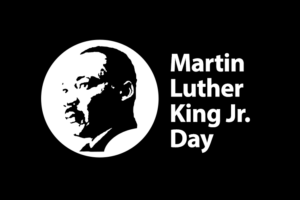Sarah Ford | December 19, 2014
Researcher works to block the blood-vessel dysfunction that occurs in diabetes
AUGUSTA, Ga. – One of diabetes’ dangerous consequences is dysfunction of the single-cell layer that lines our blood vessels.
Too much circulating sugar and fat can leave our endothelial lining inflamed and unable to dilate properly, driving blood pressure up, which multiplies the problem and sets the stage for vascular disease, said Dr. Eric Belin de Chantemele, physiologist at the Medical College of Georgia at Georgia Regents University.
Now researchers suspect a protein, which is already a hot therapeutic target for the prevention of obesity and diabetes, may be one as well for the disabling and potentially deadly endothelial dysfunction.
A new one-year, $100,000 grant from the Diabetic Complications Consortium of the National Institute of Diabetes and Digestive and Kidney Diseases is funding a study of human arteries and veins removed during heart surgery to help determine if they’re right.
A major factor in the vascular dysfunction that can result from diabetes as well as obesity and hypertension, is reduced production of nitric oxide by the endothelial cells that line blood vessels. This short-lived gas, which is also produced by automobiles and plants, is the body’s most powerful blood vessel dilator, enabling the 60,000-mile vasculature to dilate, instantaneously enabling increased blood flow.

Get Resources and Insights Straight To Your Inbox
Explore More Articles
Open Position: Customer Service Coordinator (Remote-Part Time)
Position Title: Customer Service Coordinator (Remote – Part Time) Department: Charitable Funds Management Solutions We are a non-profit charitable organization looking for skilled individuals who…
Read ArticleGet Resources and Insights Straight To Your Inbox
Receive our monthly/bi-monthly newsletter filled with information about causes, nonprofit impact, and topics important for corporate social responsibility and employee engagement professionals, including disaster response, workplace giving, matching gifts, employee assistance funds, volunteering, scholarship award program management, grantmaking, and other philanthropic initiatives.




